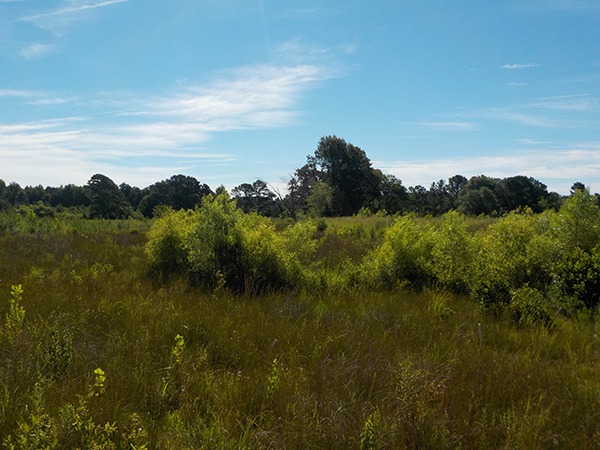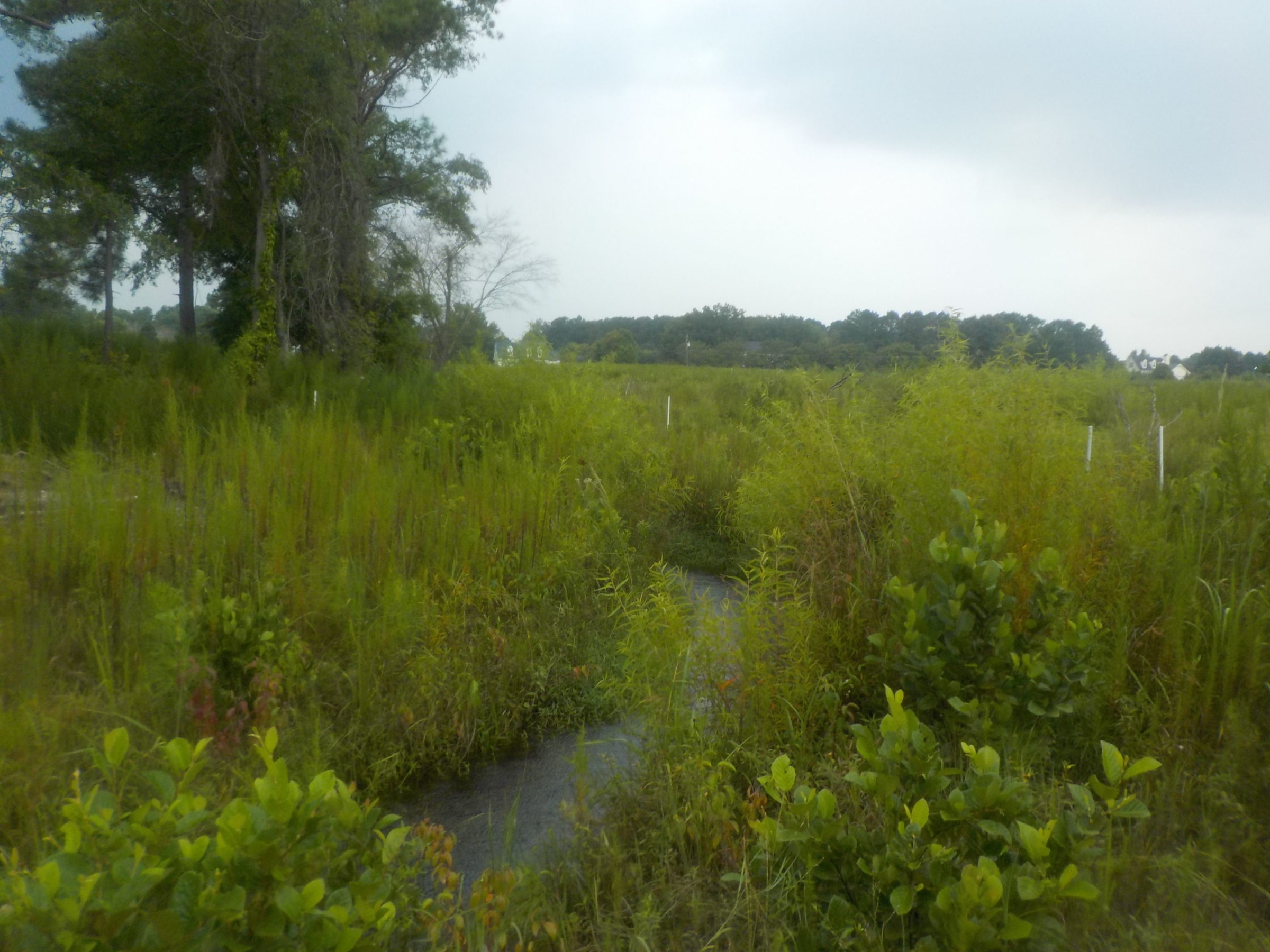Buffalo Branch
CONTACT
Credit Sales Coordinator, North Carolina


PROJECT SNAPSHOT
Project Type
Mitigation BankLocation
North Carolina | Johnston CountyService Area
Neuse-01Solution
- Water Quality
- Wetland and Stream Mitigation
Habitat Types
- Buffer
- Nutrient
- Stream
Ask About Credits
The Buffalo Branch project is located within an agricultural watershed in Johnston County, North Carolina, approximately four miles North of Selma. The project involved the restoration and protection of streams in the Buffalo Creek watershed, with the overall goal of restoring and enhancing a stream/wetland complex located within the Neuse River Basin (below Falls Lake). Found within USGS HUC 03020201, a Targeted Local Watershed (TLW), the watershed is characterized by 44 percent agricultural land use area, and identified as a high priority watershed for projects that address flow restoration, reduction of impoundments, and buffer restoration. Before restoration and enhancement, the site consisted of cattle pastures and wooded areas, a mix of pines, hardwoods, and invasive species. Channels were severely degraded to a point where they no longer accessed their floodplain, lacked riparian buffers, allowed livestock access, and failed to support aquatic life. Our team’s work entailed the restoration of natural stream characteristics, such as stable cross sections, platform, and in-stream habitat. The floodplain areas were hydrologically reconnected to the channel to provide a natural exchange and storage during flooding events. In addition to the stream restoration, mitigation design preserved and enhanced the hydrology of six wetland seeps, two linear and four hillside, in the project area. Benefits of our efforts included stream banks erosion prevention and a reduction of in-stream sedimentation and nutrients, restoring the riparian buffer with native vegetation, ensuring hydraulic stability, and treating invasive species. The Buffalo Branch Stream Mitigation project is located in the southern portion of the TLW and includes streams that discharge into Buffalo Creek (303d listed). Due to its location and improvements, the project provided numerous ecological and water quality benefits within the TLW and Neuse River Basin.
